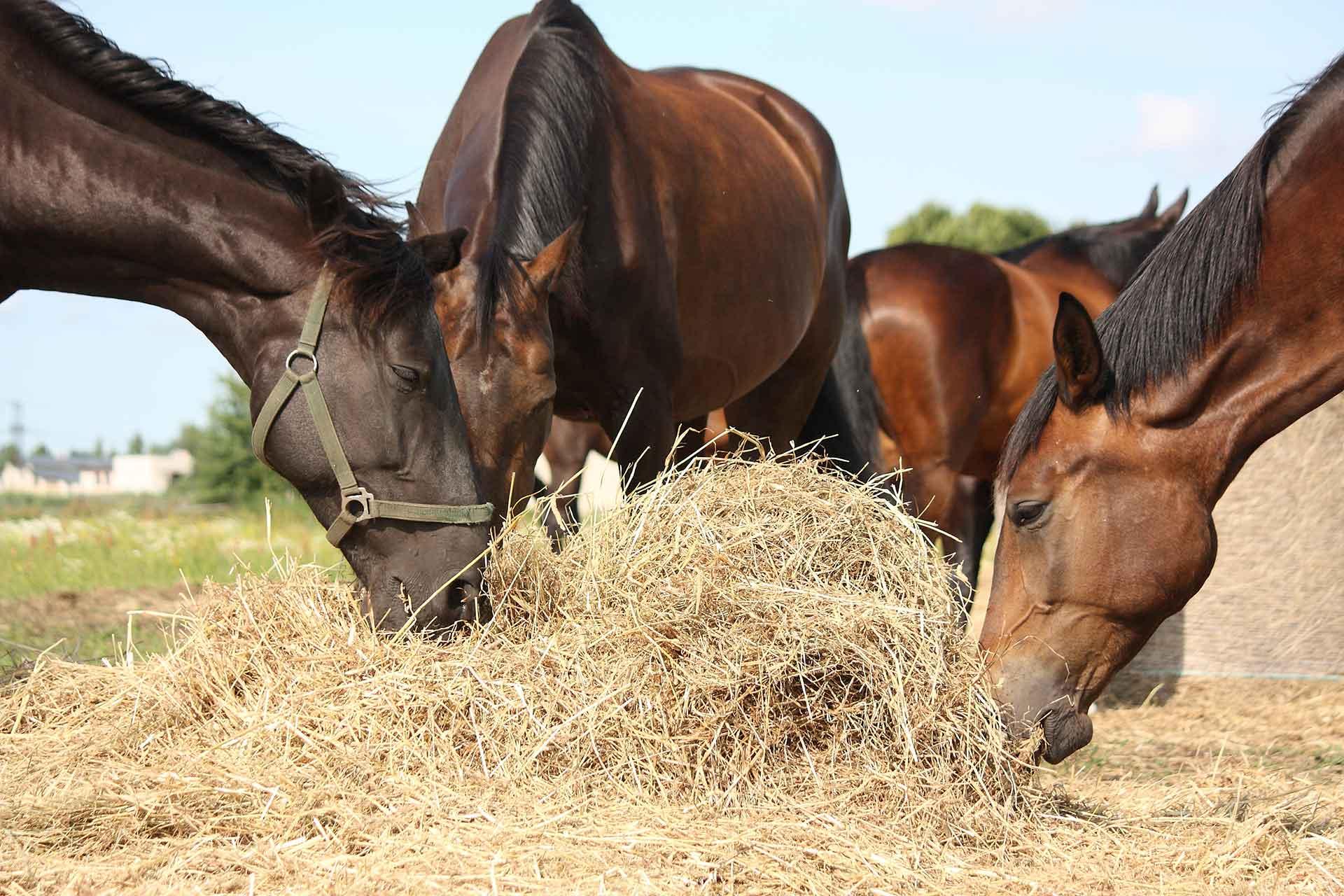Scientists in the Non-Vesicular Reference Laboratory (NVRL) at The Pirbright Institute have confirmed an outbreak of African horse sickness (AHS) in Thailand. AHS is the most lethal viral disease of horses known and the rapid diagnostic services provided by Pirbright has enabled authorities to respond quickly to the outbreak, the first that south-east Asia has ever experienced.
As a designated AHS reference laboratory for the World Organisation for Animal Health (OIE), Pirbright tests samples sent from around the globe to verify suspected infections. Samples from Thailand were confirmed African horse sickness virus (AHSV) positive by Pirbright scientists and further testing established that AHSV serotype 1 had caused the outbreak; the first time that this serotype has been seen outside of Africa.
Dr Carrie Batten, Head of the NVRL, said: “The identification of AHSV in Thailand is unprecedented and demonstrates the fact that this virus can emerge without warning in new areas. Having the ability to collaborate with groups from around the world to ensure accurate diagnosis is therefore vital in combatting these threats”.
AHSV is spread mainly by Culicoides biting midges and Thailand has several species that have previously been implicated in the spread of viruses. There are nine serotypes of virus and knowing which is involved in an outbreak is important in choosing an effective vaccine, the only certain way of controlling epidemics. In populations of horses that have never been exposed to the disease, case fatality rates can reach 80-90 percent, although zebra and donkeys generally suffer much milder disease.
Within Africa, AHS outbreaks impact low-income countries where animals like horses and donkeys are relied upon for ploughing and moving goods, affecting income and food security. In contrast, AHS also threatens the billion dollar horse racing industry, where the importation of thoroughbreds can pose a risk to countries both inside and outside of Africa. The degree of spread during an outbreak is reliant on the presence of susceptible hosts, vector species of Culicoides to transmit the virus and suitable climatic conditions to allow replication of AHSV in the midges.
In addition to the AHS reference laboratory, the Non-Vesicular Reference Laboratory Group brings together seven other non-vesicular disease reference laboratories at Pirbright, including bluetongue, African swine fever, peste des petits ruminants, rinderpest (which was declared eradicated in May 2011), lumpy skin disease, sheep pox and goat pox. The group was instrumental in diagnosing the first ever incursion of bluetongue into northern Europe in 2006, the first outbreak of bluetongue in England in September 2007 and the first outbreak of African swine fever in Georgia in 2007.
Dr Simon Carpenter, Head of National Capability at Pirbright and AHS OIE expert said: “The work of the NVRL is vital in underpinning disease intelligence worldwide, alongside sharing expertise and experience in virus outbreaks. The aim is to be able to respond to outbreaks of viral diseases like AHSV using expertise from a wide range of backgrounds and to work closely with those affected by the disease”.
